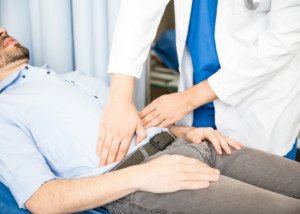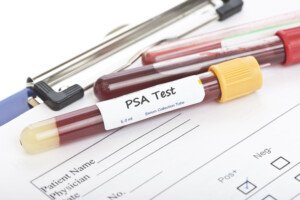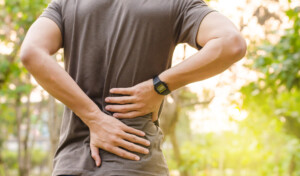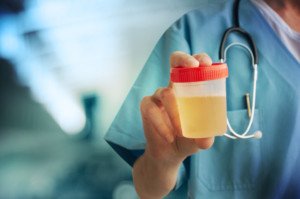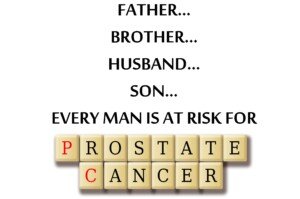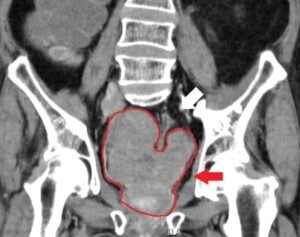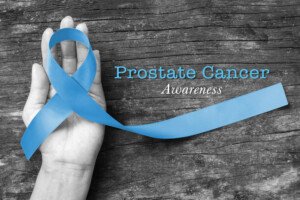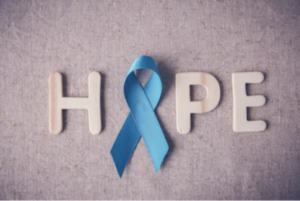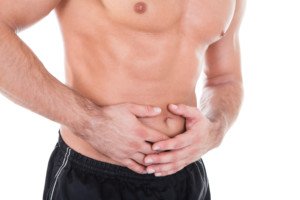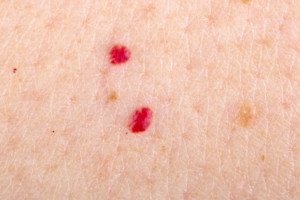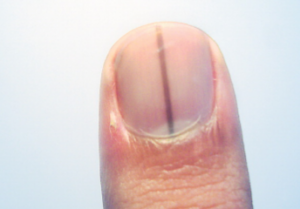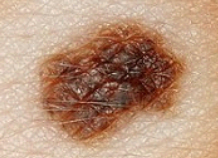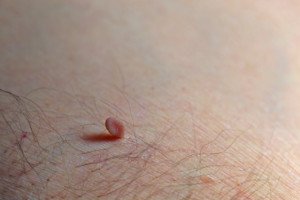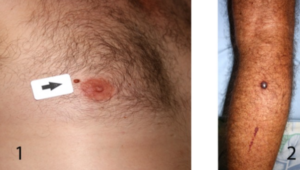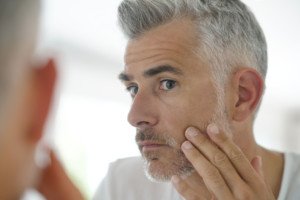It’s a fair question: How did Joe Biden, active on his bicycle and with a trim build, end up getting prostate cancer?
Or is this diagnosis not as surprising as some people may be thinking?
In 2025, an estimated 313,780 men in the U.S. will be diagnosed with cancer of the prostate gland.
Of these new cases, it’s expected that 16.8% will be in men 75-84.
This means about 52,700 men in this age group are diagnosed with prostate cancer every year in America.
So for that age group, this disease is on the uncommon side.
But in no way does this less-than-abundant figure lessen the importance of being alert to suspicious new symptoms and undergoing diagnostic tests early on.
To many people, Joe Biden seemed to be the picture of health – at least in the first year or two of his presidency.
There’d been footage of him riding a bicycle, when many 80-year-old men can barely walk with a cane.
He also has always had a medically healthy body weight.
How does a seemingly healthy man get prostate cancer?
“The major risk factors for prostate cancer are age (risk increases beyond 50), family history, race (African-American men have a greater risk), increased body weight (obesity increases risk of prostate cancer as well as many other cancers) and poor diet (highly processed diets, including greater intake of red meat and dairy, seem to increase risk),” explains Jonathan Stegall, MD, an integrative oncologist and medical director for The Center for Advanced Medicine adult cancer treatment center.
“In Joe Biden’s case, he is a Caucasian male who has a healthy body weight and appears to be relatively active,” continues Dr. Stegall.
It’s important to note that in the last two years of Biden’s presidency, his gait developed increasing stiffness, and his arm and hand movements were slow at the podium.
However, Biden’s prostate cancer didn’t suddenly appear overnight, either.
It was likely in process for several years before it was finally diagnosed.
“We are unsure of his family history, but we can assume that he does not have a strong family history of prostate cancer,” continues Dr. Stegall.
“We also do not know the details of his diet, but given his healthy weight and exercise habits, we are hopeful that he eats a fairly healthy diet.
“Therefore, his greatest risk factor for developing prostate cancer appears to be his age.
“It has been said that, in a man who lives long enough, he will eventually develop prostate cancer.
“The current lifetime risk of an American male being diagnosed with prostate cancer is approximately one in 8 (12.5%).”
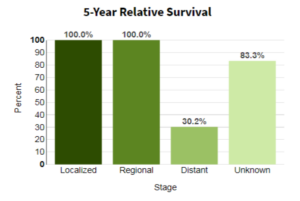
Survival rates of prostate cancer according to degree of spread. When prostate cancer tumors are in bone, this is a distant metastasis.
Symptoms of Prostate Cancer
Eight Ways to Lower the Risk of Prostate Cancer (no particular order)
- Maintain a Healthy Weight
- Exercise Regularly
- Eat Plant Rich Foods
- Avoid Excessive Dairy and Calcium Intake
- Limit Red and Processed Meats
High consumption of red and processed meats is linked to a higher risk.
There have been no studies on specifically grass fed beef, bison or elk as far as any links to a heightened risk of any type of cancer.
Opt for lean proteins like fish, poultry, eggs or plant based sources.
- Avoid Smoking
Smoking is associated with more aggressive prostate cancer and higher mortality.
Joe Biden actually has a history of smoking, though he had quit decades prior to his diagnosis.
But if you smoke, quit NOW. Quitting reduces cancer risk over time.
- Limit Alcohol Consumption
Excessive alcohol may contribute to cancer risk.
One “drink” for men is eight ounces. Limit yourself to one drink per day.
- Manage Stress and Inflammation
Chronic stress and systemic inflammation may impact immune response and hormone levels.


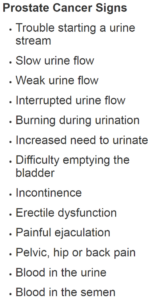
 Jonathan Stegall, MD,
Jonathan Stegall, MD,
